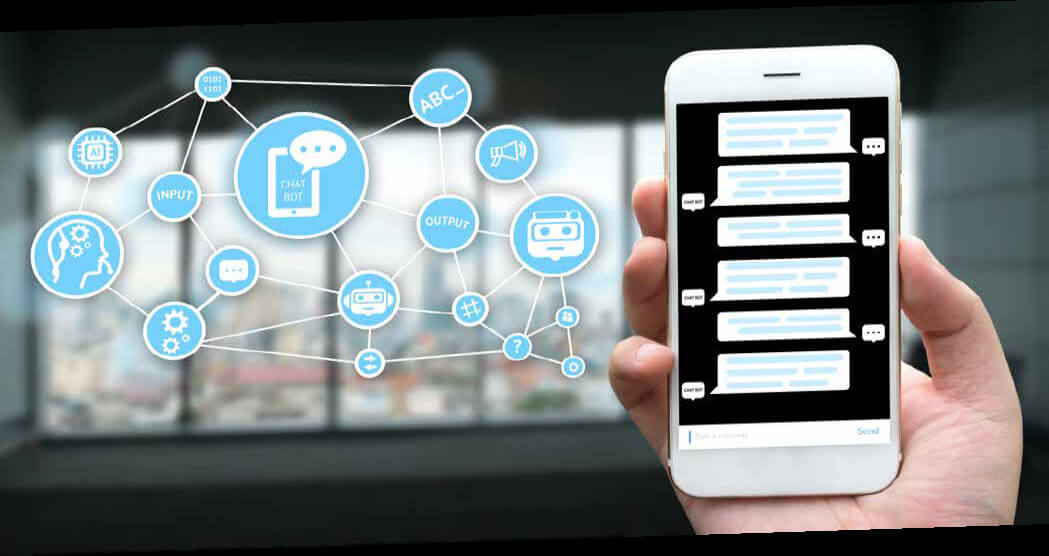Most of us use AI every day – whether it’s video and music streaming services suggesting which shows and songs we might like, shopping sites predicting what products we want, our smart devices autocorrecting our spelling and grammar, or GPS routing that helps us avoid traffic.
Since AI has advanced and become more accessible and intuitive, higher ed marketers and leadership have found several ways to harness this development to converse seamlessly with their target audience with great levels of success. But, to understand why this technology is so effective, we first need to take a look at the audience proven to have a special affinity for AI, specifically because it mimics their tendency toward mobile communications and engagement: Generation Z.
The Young and the Practical: Introducing the Next Generation
Higher ed institutions are experiencing a changeover in their target demographic from millennials to the younger Generation Z (born between 1996 and the early-to-mid-2000s), and along with this change has come a huge shift in tactics due to their differences.
First off, this generation is incredibly pragmatic. They’re focused on job security and career viability, which influences much of their decision-making process when it comes to education.
And, when it come to actually conversing with this generation, their technological immersion and shorter attention span heavily influence communication choices. They’re far more likely to text than to call, and social media and messaging platforms are their go-to mediums for communicating.
These characteristics are some of the most prominent of Gen Z, and they directly affect the strategies used in higher ed marketing. But how does artificial intelligence fit into this picture?
AI Applied
When it comes to enrollment and attrition, it’s hard for institutions to craft and execute on-demand, one-to-one dialogue with each and every student – and for Gen Z, this authenticity and convenient communication are keys to keeping their interest. What is an institution to do, with hundreds of students needing attention and only a small window of attention span to break through and engage?
Enter artificial intelligence.
With chatbots that quickly respond to questions, and programs that learn and adapt to student behavior in order to predict and prevent attrition, schools can now provide more immediate contact and assistance to those students who need it most.
One notable example of this could be found in Georgia State University, where administration introduced a smart text messaging system that students could turn to with questions. The system was designed to intelligently address student concerns, ranging from financial aid to class registration and everything in-between. And, in a trial of its effectiveness, GSU compared summer melt rates of students who utilized the system with those that did not; the result: a 21.4% lower rate of summer drop-off in students who exchanged texts with the AI system. Engaging students in a setting where they’re most comfortable and familiar served to keep them on track year-round.
Beyond this specific example, AI has also been used in intelligent tutoring systems to give immediate feedback on student work, allowing students to recalibrate and ensure they’re hitting the mark in their classes. And, as an additional aid to administration, AI systems that monitor learning initiatives and other analytics predict which students have a high probability of dropping out (based on data of past attrition). In such scenarios, having a sort of “heads up” gives an opportunity for faculty to offer counseling or guidance, reducing attrition and furthering student success rates.
AI systems are also the “mind” behind data-driven predictive modeling, which drives marketing and enrollment strategies before a student even gets in the door. With smarter marketing models, schools can streamline both initial enrollments and retention at the same time, as models target only most-likely-to-succeed students that have a high probability of graduation.
What We Learn from Artificial Intelligence
The effectiveness of AI is a result of two things: its adaptability and its relevance.
With so many various settings and uses for AI, it can be applied to many scenarios to optimize everything from marketing performance to securing enrollments and improving retention.
Yet, quite possibly the biggest benefit of AI is in the fact that it directly relates to the growing Gen Z audience. AI systems allow schools to reach this crowd where they are and in the manner they’re most likely to respond – giving schools a better chance of retaining these students and providing them the opportunity to get the utmost from their education.

Artificial Intelligence Applied to EDU
• Predictive Modeling
• Streamlining Enrollments
• Boosting Retention
• Improving Learning Experiences
• Relating to Tech-Savvy Audiences

